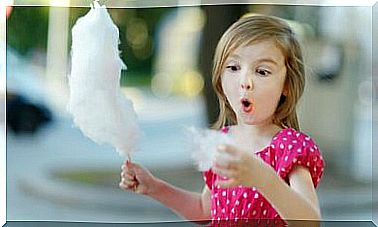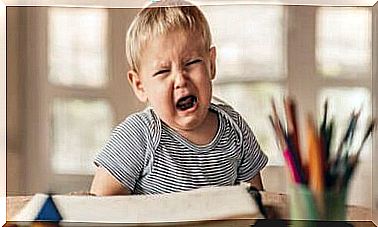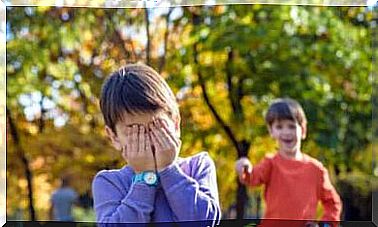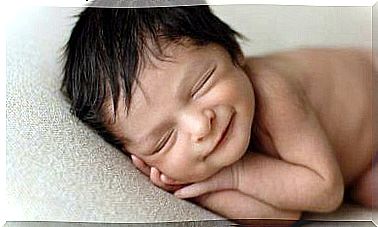Different Types Of Mucus: How To Identify And Treat Them

The presence of mucus is very common in children, from neonatal age up to 5 years. It is a defense mechanism of the body against disease.
When a virus inflames the airways, the body’s response is to produce this jelly-like substance. In turn, the latter traps the germs and allows them to be expelled from the body.
It is very important that parents are informed regarding this reaction and its treatments. That way you know what to do when your baby loses his appetite, or gets tired. While mucus is not a major problem in and of itself, it could be a sign of a more complex disease.
What are the different types of mucus in babies?
Among the different types of mucus that can be encountered in children, there are:
- Clear and abundant mucus. It goes up and down the throat and many children swallow it. This is a sign of a cold and is usually accompanied by frequent sneezing. It can last from two to four days.
- Dense and abundant. When a cold is not cured, the throat reaction causes thickening of the mucus which becomes thicker. When the baby sleeps it causes frequent coughing.
- Greenish / yellowish. This color indicates that the white blood cells have begun to react to the infection.
- Green. Thick, commonly appears in the morning. It also appears in the eye and is a signal that the immune system is reacting to the virus.
- Mucus, persistent cough and choking sensation. If the baby has trouble breathing during the night, he coughs a lot, etc. it may mean that he has contracted bronchitis.
- Thick with fever. This could be a symptom of a more serious disease such as otitis or pneumonia.
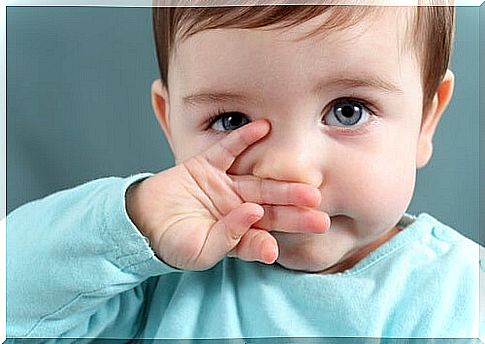
Treating the different types of mucus?
Most pediatricians do not prescribe a cure for mucus before the baby is two years old. It is considered best to treat him with means that help his expulsion.
However, it can be treated with medication if it is abundant, does not allow for functional breathing for the baby, or causes a high fever.
What methods can be used?
There are several treatments to be used against mucus in babies.
- Hydrate it well. If the baby is well hydrated, the mucus will be more liquid and easier to expel.
- Ventilated environment. Ventilate the room well and maintain a certain level of cleanliness to prevent fungus from forming.
- Nasal forceps. They are used to expel dry mucus in babies.
- Nasal wash. Place the baby with the head on its side, and apply a serum via syringe in each nostril. It may contain saline, hypertonic or sea water.
Besides these there are also some home remedies, such as:
- Mallow infusion with lemon juice and honey.
- Carrot and orange juice every morning, for the other content of vitamin A and C.
- Chicken broth. Thanks to cysteine it helps reduce inflammation of the respiratory tract.
In case of high fever, the pediatrician may indicate other treatments, such as:
- Antihistamines.
- Antibiotics.
- Mucolytics.
- Nebulizers.

When is it necessary to take the child to the pediatrician?
In the event that the child has even one of these symptoms, hurry up to pay a visit to the pediatrician.
- Persistent cough that causes choking. If this happens, he may have bronchitis.
- If you have general malaise and a high fever. It can be a sign of ear infection or pneumonia.
In conclusion, mucus in children is very frequent even if it is not harmful, since it represents a defense mechanism of the human body.
However, if you notice that your baby has a lot of mucus, continuous coughing, interrupted sleep, you need to take the necessary precautions. If you see that he has other symptoms as well, take him to a doctor right away.
